Backerboard and Other Substrates
Evaluate the different substrates available to support your tile job.
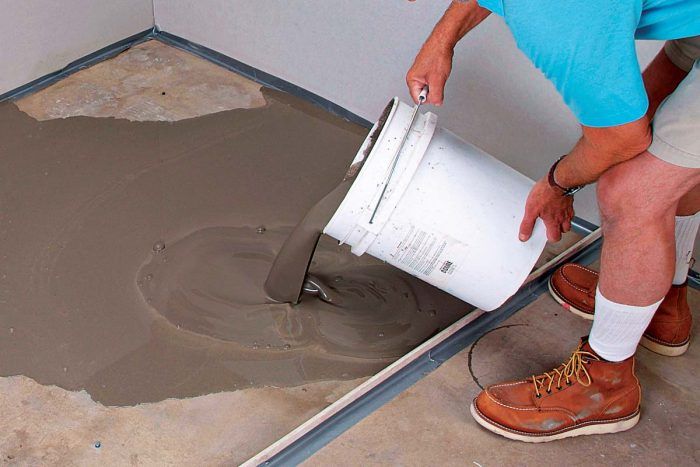
Backerboard is cement-based board that can be fastened with nails or screws. It provides a substrate stable enough to support a long-lasting tile job. Applied over wood cabinets, drywall, or plywood floors, it provides a terrific alternative to installing tile over a traditional mud bed, a job that requires considerable skill and is too involved for all but the most diehard DIYers.
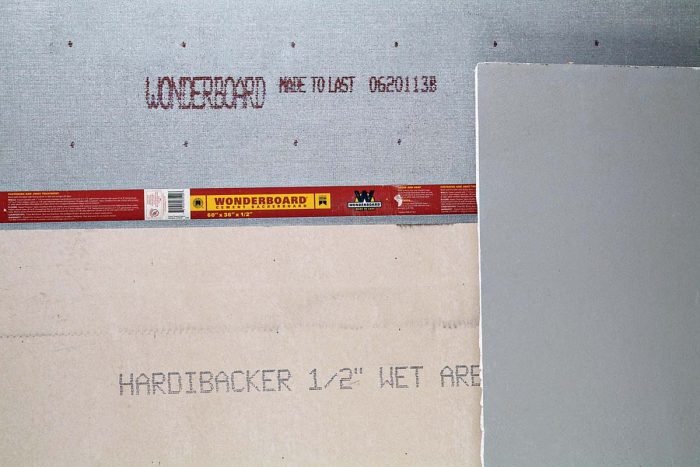

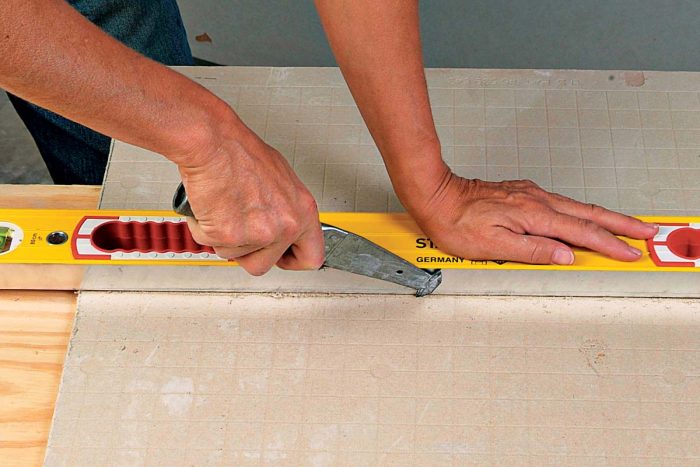
Sold under several brand names, backerboards come in 1/4-in. and 1/2-in. thicknesses. Choosing the right thickness allows you to install a substrate that matches the height of surrounding surfaces—for example, aligning a tiled floor with an existing hardwood or carpeted floor or a tiled counter with an adjacent wooden bar counter.
For a durable installation, all types of backerboard must be set in thinset, fastened in place with nails or screws, and taped to reinforce the gaps between sheets.
Backerboard can’t be used to level or flatten a bumpy floor or counter. And, with the exception of DensShield, backerboards are not fully waterproof, only water resistant.
WonderBoard
WonderBoard is composed of cement aggregate sandwiched between two layers of fiberglass mesh. It was the first backerboard on the market and is still around today, which is a sure sign of a reliable product. It is sold in 3-ft. by 5-ft. sheets. WonderBoard is a bit harder to cut and is heavier than other backerboards, making it a bit more cumbersome to work with.
Hardiboard
Also available in 3-ft. by 5-ft. sheets, Hardiboard brand backerboard is made of cement and ground sand. Although it looks more like layered cardboard, Hardiboard is a very strong material that’s approved by all tile certification agencies. It is lightweight and easy to cut with a saw or by scoring and snapping. It’s such a trouble-free product, that we recommend it for DIYers who are installing backerboard for the first time.
DensShield
DensShield is a board composed of gypsum and fiberglass mat with an acrylic coating. This is one of the only backerboards that is truly waterproof, which makes it ideal for wet locations like tub and shower enclosures. Available only in 1/2-in.-thick sheets, DensShield is more expensive than other backerboards. But if you are concerned about waterproofing, this is the right choice. There are specific requirements for using this product in a watertight installation. (Check the manufacturer’s literature.) Be aware that you can’t use DensShield on a floor with tiles smaller than 2 in. sq.
As tile technology continues to adapt and evolve, new materials are developed that make DIY projects easier. Backerboard is not the only substitute for a traditional mud substrate. Some of the alternatives are also great at solving particular problems.
Wedi® board
Wedi board is one of the only waterproof backerboards on the market. When installed with Wedi’s sealant adhesive, your floor or wall will be completely sealed from water. It is so lightweight and easy to cut that it makes an ideal substrate for mosaics or other craft tile projects.
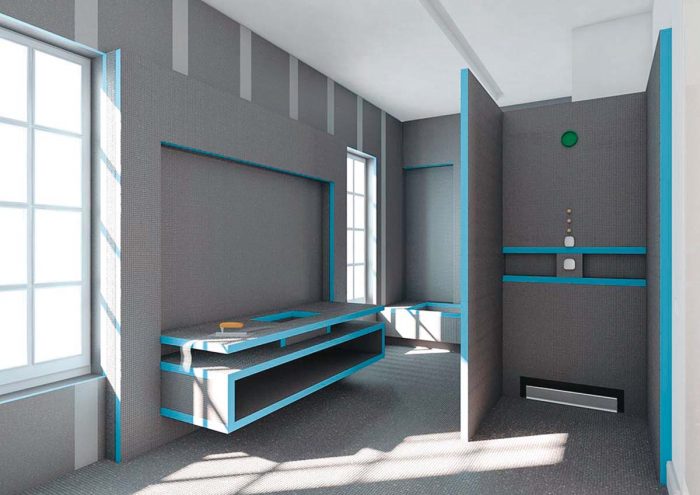
Self-leveling compounds
Self-leveling compounds are used to flatten out floors that are uneven or out of level to prepare them for tile installation. In addition to being unpleasant to walk on, lumpy floors make doing a good tile-setting job difficult. Tiles end up looking uneven when laid on top of a wavy surface and may not get bonded properly.
You mix the powdered self-leveling compound with water, then pour it over a wood or concrete floor. The compound, which can be poured up to 2 in. thick, seeks its own level and dries flat and true. Self-leveling compounds have a relatively short working time before they go off (begin to harden), so it’s best to partition your uneven floor into small areas and pour each section separately. About 4 hours later, you’ll have a floor that is rock hard, flat, and level.
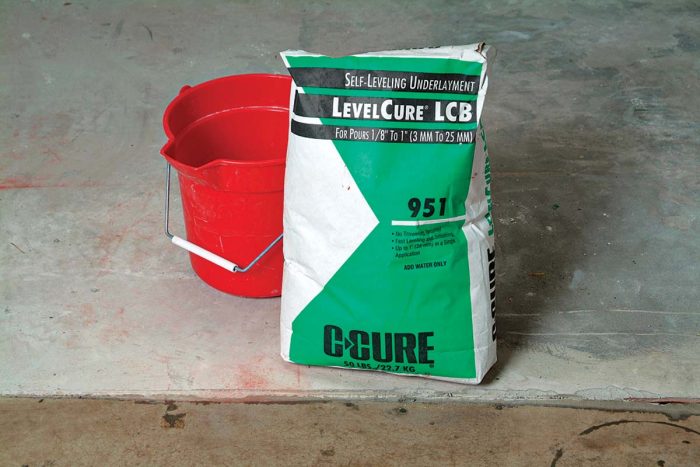
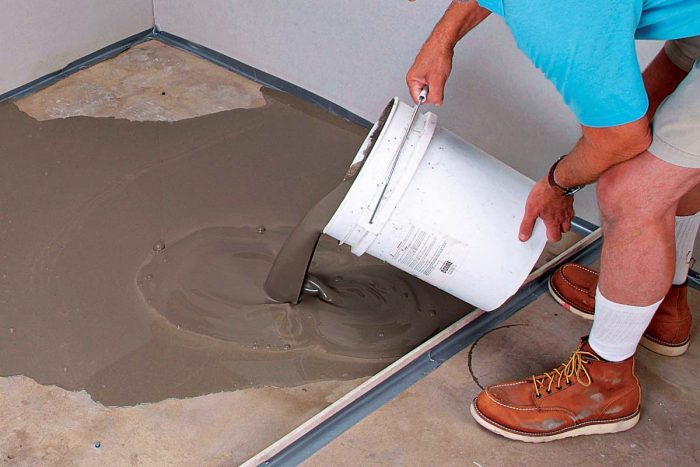
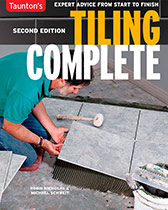 Excerpted from Tiling Complete, 2nd Edition by Robin Nicholas and Michael Schweit.
Excerpted from Tiling Complete, 2nd Edition by Robin Nicholas and Michael Schweit.
Available at Amazon.com.





